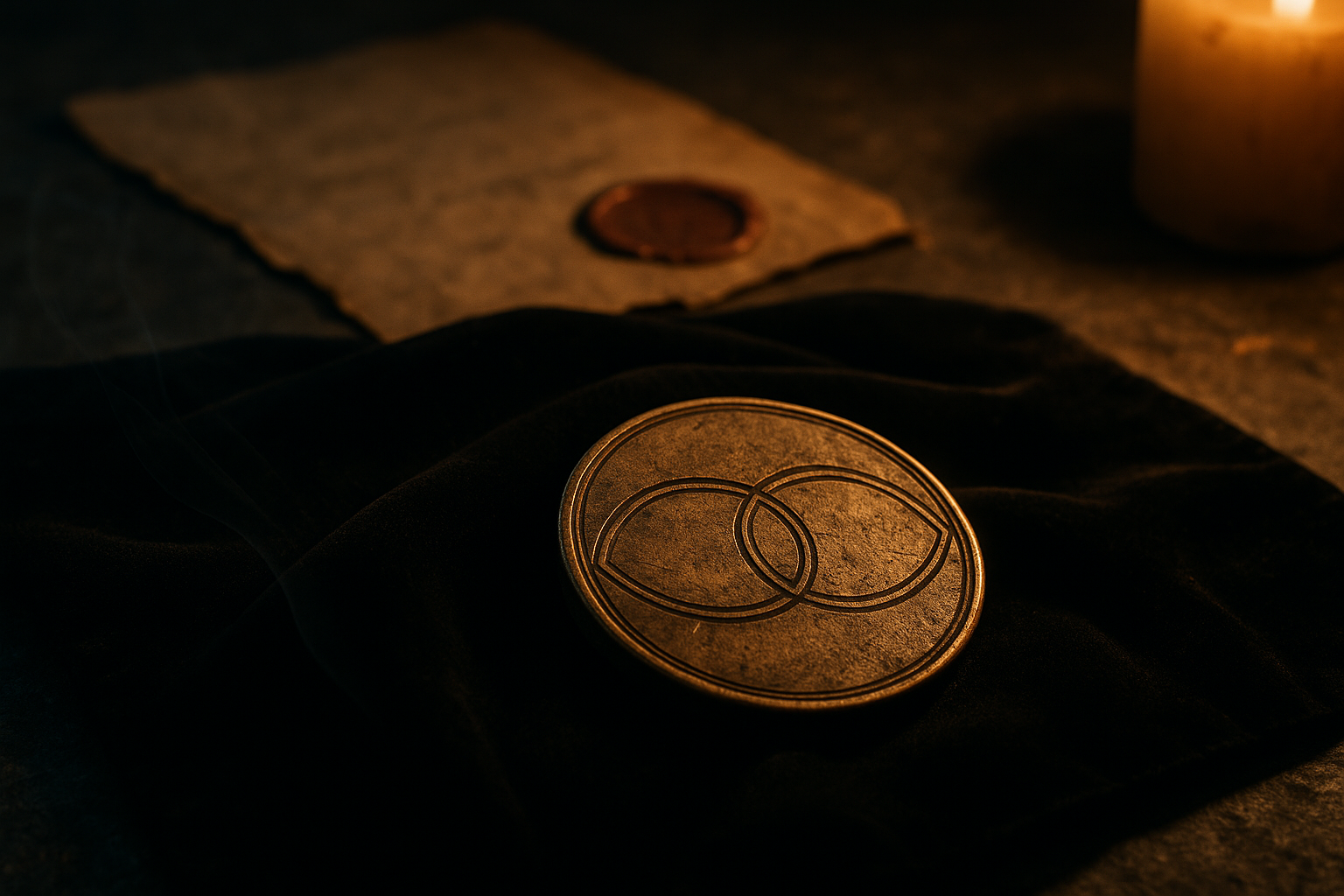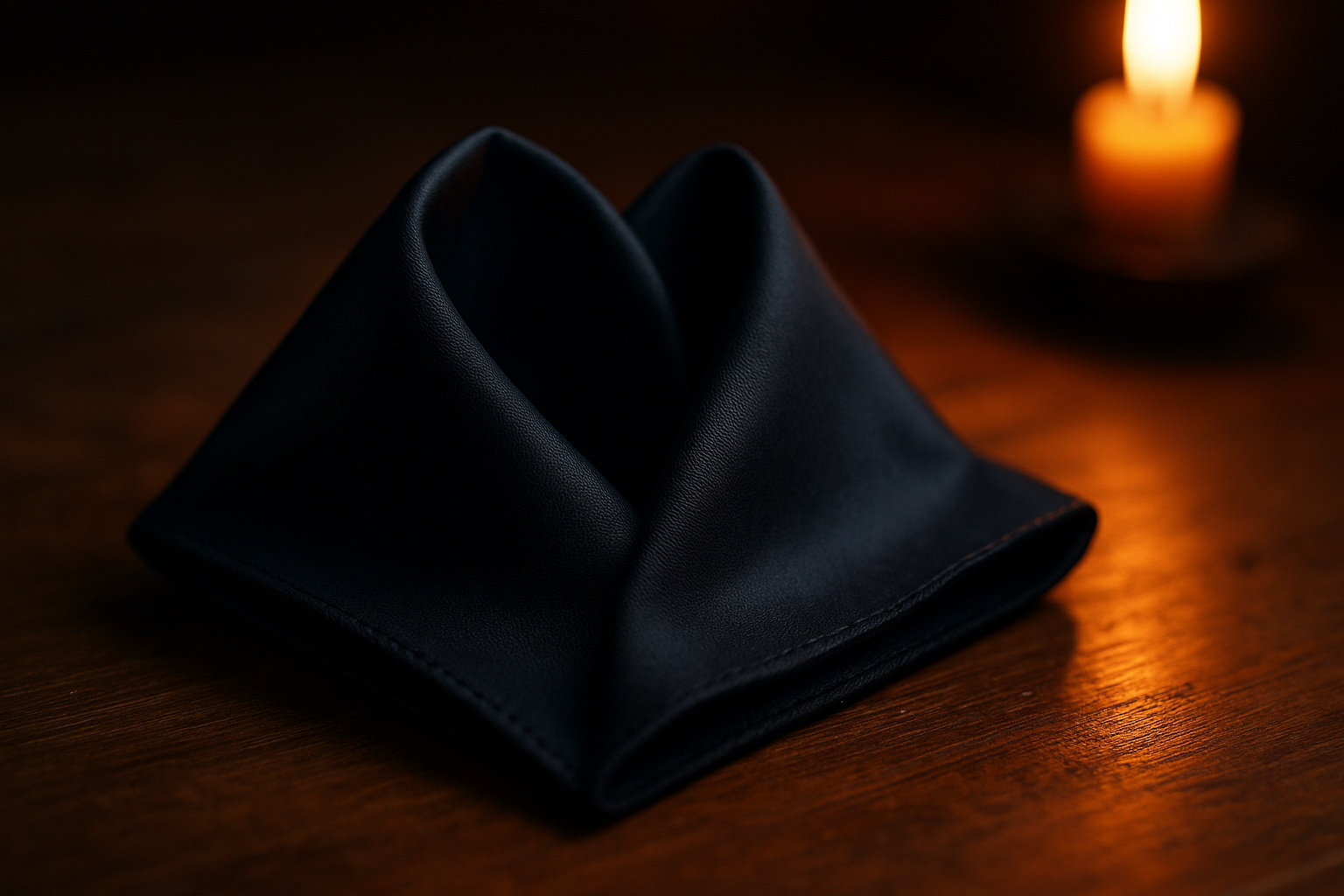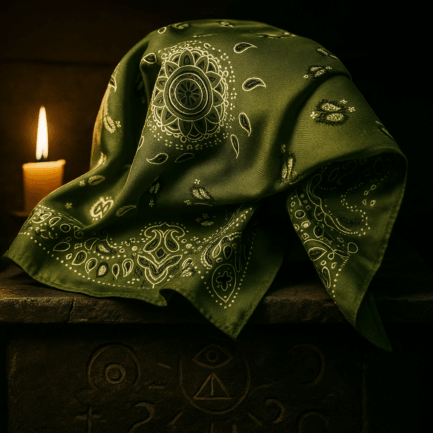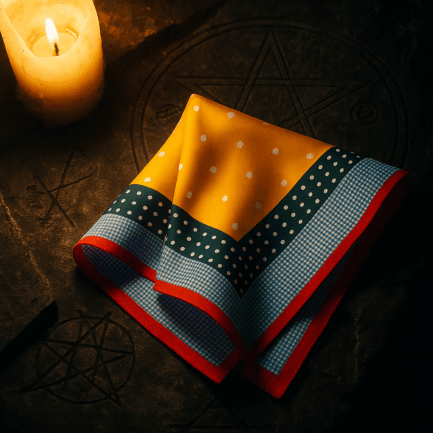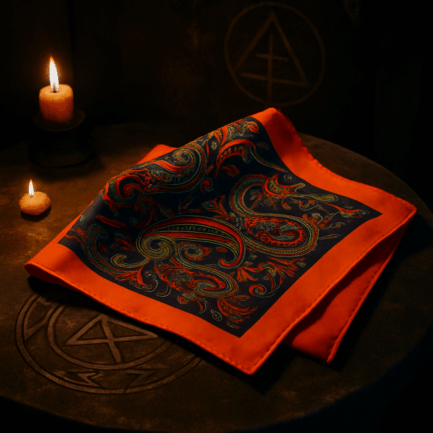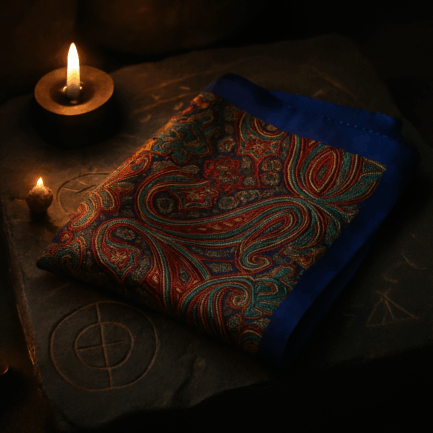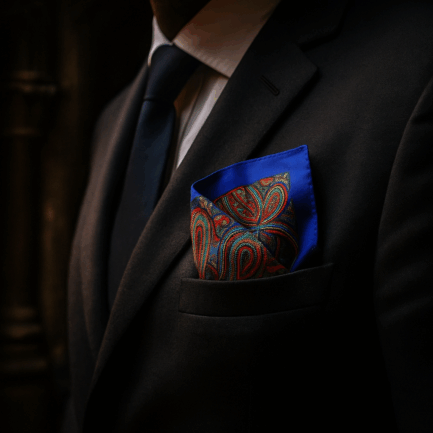Two circles. One center. A space formed by overlap; neither one nor the other.
The Vesica Piscis is not a shape. It is a tension. A moment of convergence.
A sacred wound where duality meets and something new is born.Where circles separate, the Vesica joins.
Where lines divide, the Vesica reconciles.
The Origins: Sacred in Shape, Hidden in Plain Sight
The Vesica Piscis — Latin for “fish bladder” — is among the oldest sacred geometries, appearing in temple walls, manuscript margins, and cathedral windows. A pointed oval formed by the intersection of two circles, its shape was used to frame gods, saints, and symbols of power.
In Pythagorean thought, it held mathematical mystery. In Christian iconography, it became the mandorla — a radiant almond shape encasing Christ or the Virgin, symbolizing divine incarnation: spirit in body.
In Gothic architecture, it governed arches and proportions. In occult diagrams, it marked portals — the doorway between realms, visible only to those who knew where to look.
It is not the circle. It is what happens between them.
Fusion and the Third Principle
Two is conflict. Three is resolution.
The Vesica Piscis exists because of two forces — two beings, two ideas, two selves — coming into proximity. But it speaks of more than overlap. It births the third.
From the union of opposites comes a space of potential — neither dominant, neither erased. Just held. Balanced. Pregnant with meaning.
In alchemical systems, this space reflects the prima materia — the raw chaos needed for transformation. In psychological terms, it mirrors the shadow and the self — integration not through denial, but through embrace.
To wear the Vesica is to signal reconciliation. A willingness to hold contradiction and find strength inside the paradox.
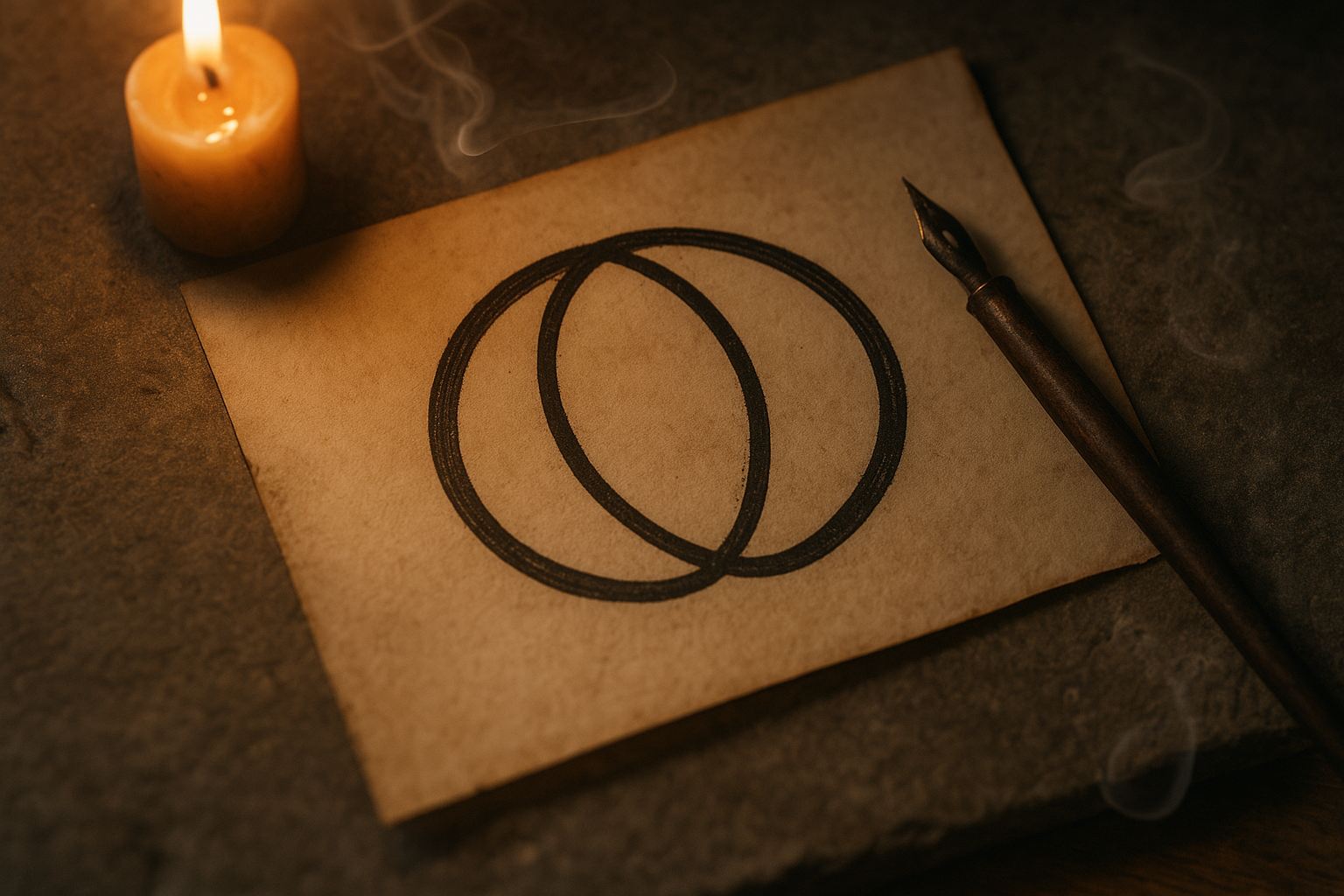
The Shape of the Eye, the Seed, the Portal
Visually, the Vesica Piscis carries many echoes:
- The eye that sees both inward and outward
- The seed from which life emerges
- The threshold one steps through to become something else
It is narrow. Elongated. Pointed at both ends. Feminine in form, and yet, utterly beyond gender. A shape of tension and symmetry — sacred geometry that implies initiation.
Those who recognize it do not wear it for decoration. They wear it to mark transition.
From what they were.
Into what they are becoming.
Wearing the Vesica in 1984.black
You will not find the Vesica emblazoned.
You will find it embedded — in folds, cuts, and closures. In rings shaped with opposing arcs. In the geometry of lapel pins and the layered intersection of silk scarves.
To wear the Vesica is to honor process. To wear a moment of change. To declare, in silence: I hold opposites. I pass through.
The Vesica does not divide. It unites — without erasing.
Hidden Facts & Lesser-Known Connections
-
In Islamic art, the Vesica governs proportions of stars, mosaics, and mosque windows — hidden yet structural.
-
It is the first shape derived from the Flower of Life, a foundational diagram in sacred geometry.
-
The ichthys, or Christian fish symbol, is born from the Vesica — used by early Christians to code their presence.
-
In Freemasonry, it appears in tracing boards as a hidden emblem of birth, union, and divine proportion.
-
In Tantric philosophy, it resembles the yoni — a symbol of feminine creative force and sacred doorway.
Closing Reflection
To the uninitiated, the Vesica Piscis is strange.
To the initiated, it is everything.
It means fusion. It means passage.
It means emergence from the space between.
It does not ask for clarity. It invites transformation.
And once you step through, you do not return the same.

